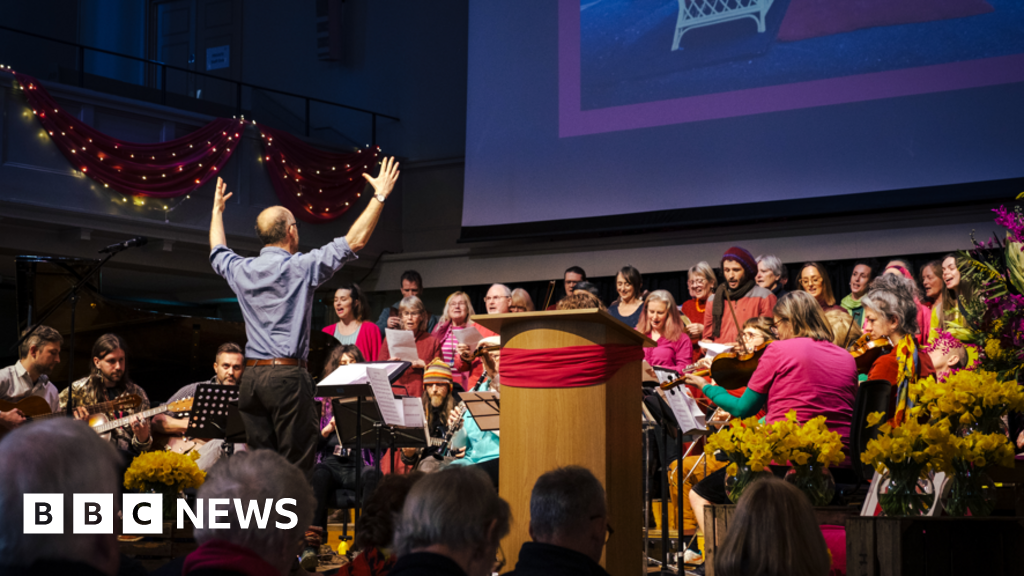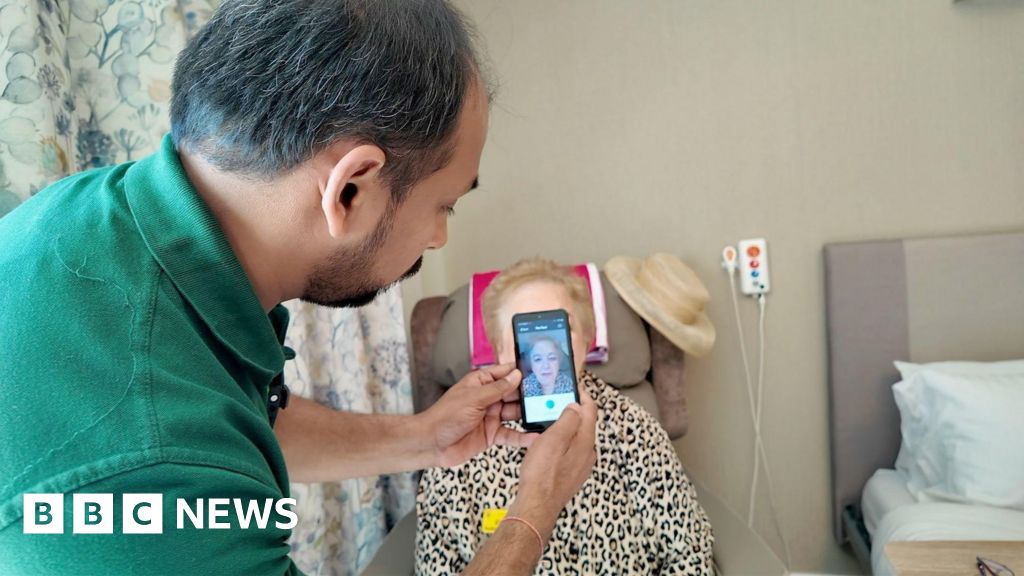- Lifestyle
The Nairobi family values conference: When tradition is a colonial trap
时间:2010-12-5 17:23:32 作者:Social Media 来源:Style 查看: 评论:0内容摘要:“We have to work with what we have and do what we have to do to keep that place safe for our kids,” Branch said, adding, “rent is getting higher, but the upkeep of apartments isn’t changing at all.”“We have to work with what we have and do what we have to do to keep that place safe for our kids,” Branch said, adding, “rent is getting higher, but the upkeep of apartments isn’t changing at all.”
“I’m his coach. I am putting him through rigorous training,” Nnadi said at the time. “It’s a process, it’s a young kid, a lot of raw potential, but he’s going to be a star.”debuted in 2005 as counterprogramming to the Super Bowl and also promotes pet adoption. The show features more than 100 canine entries from shelters and rescue groups across the U.S. Dogs score touchdowns on a makeshift football field by crossing a goal line with a toy.

When Parsnip came to the The Humane Society in August, he had a broken leg.“Parsnip is a sweet little pup,” Sydney Mollentine, president and CEO of The Humane Society of Greater Kansas City said in October. “He’s been in our foster care for about eight weeks to get that broken leg healed. And as you can tell, he has no problems running around and working on that leg.”Nnadi said Parsnip just needed to focus.

“You will see one little squirrel, he gone. He sees a little toy, he gone. He sees multiple people, he’s gone,” said Nnadi, who likes to refer to Parsnip as Parsnickety. “But the second we get that laser focus, he’s gonna be phenomenal.”“Puppy Bowl” is recorded in advance. Since its filming, Parsnip has been adopted, Mollentine said. The pup is now 7 months old.

Nnadi has been working for a few years to help get dogs into loving homes in the area by paying fees for more than 500 successful adoptions so far. He has partnered with organizations including The Humane Society and KC Pet Project.
“I think it’s very important for a lot of these dogs that don’t really see or have an opportunity to have a forever home,” Nnadi said.— where Vergara works — start at 200 pesos ($10 US). Specimens are available for sale when they reach four inches in length and are easy pets to look after, Vergara said.
“While they regularly have a 15-years life span (in captivity), we’ve had animals that have lived up to 20,” he added. “They are very long-lived, though in their natural habitat they probably wouldn’t last more than three or four years.”The species on display at the museum — one of 17 known varieties in Mexico — is endemic to lakes and canals that are currently polluted. A healthy population of axolotl would likely struggle to feed or reproduce.
“Just imagine the bottom of a canal in areas like Xochimilco, Tlahuac, Chalco, where there’s an enormous quantity of microbes,” Vergara said.Under ideal conditions, an axolotl could heal itself from snake or heron biting and survive the dry season buried in the mud. But a proper aquatic environment is needed for that to happen.
- 最近更新
- 2025-07-07 07:23:374 members of a California family among the 8 dead in a boat capsize on Lake Tahoe dur…
- 2025-07-07 07:23:37How much have US wars in the Middle East and Afghanistan cost?
- 2025-07-07 07:23:37Layoff notices delivered to hundreds of Voice of America employees
- 2025-07-07 07:23:37Why gasoline prices aren’t tumbling along with sinking oil
- 2025-07-07 07:23:37Putin says Russian recession must not happen ‘under any circumstances’
- 2025-07-07 07:23:375 moves you should NOT make during a recession: Expert tips for weathering economic storms
- 2025-07-07 07:23:37Joint bank accounts: The pros and cons for every stage of life
- 2025-07-07 07:23:37Tehran is in shock – and we have fled with heavy hearts
- 热门排行
- 2025-07-07 07:23:37The 10-Minute Martha Stewart Tomato Recipe I've Been Making for 20 Years
- 2025-07-07 07:23:37How the Fed rate affects your savings: What to expect for every type of bank account
- 2025-07-07 07:23:37our guide to age-smart ways to save on home insurance
- 2025-07-07 07:23:37What is compound interest? How it works to turn time into money
- 2025-07-07 07:23:37Thinking of downsizing? Here how to tap your equity to make it happen (and cut costs)
- 2025-07-07 07:23:37Marines prepare for deployment in Los Angeles as protests spread across US
- 2025-07-07 07:23:37A post shared by British Vogue (@britishvogue)
- 2025-07-07 07:23:372 million student loan borrowers at risk of garnished wages in July
- 友情链接
- ‘Need answers’: Will Sri Lanka’s Tamils find war closure under Dissanayake? Week in Pictures: From fatal US plane crash to Russia’s prisoner exchange Who are the Gold Mafia? Godmen, conmen and a president’s niece Maduro triumphs in Venezuelan election boycotted by opposition Parallel economy ‘Deliberate massacre’ in Gaza as starving Palestinians seek Israeli-US aid Can Ramaphosa charm offensive help fix South Africa’s ties with Trump’s US? Mapping Israel’s military campaign in the occupied West Bank Foreign journalists must not abandon their Palestinian colleagues in Gaza Barcelona’s Lamine Yamal signs new six-year contract Ronaldo set to leave Al Nassr: What’s next, can he play in Club World Cup? Photos: 3,000 ‘Smurfs’ – French town breaks world record Messi, Inter Miami rally to draw against Philadelphia Union in MLS ‘Need answers’: Will Sri Lanka’s Tamils find war closure under Dissanayake? Towns, Knicks stun Pacers in Game 3 of NBA East finals Japan faces a ‘rice crisis’ as price nearly doubles for food staple Uganda targeting LGBTQ community with hatred and violence: HRW Pope Leo prays for China’s Catholics, a thorny issue in his papacy A pontiff from Chiclayo: How Peru is reacting to Pope Leo XIV Influencer shot live on TikTok: How rampant is femicide in Mexico? Australia dust storm turns town orange What is Israel’s new major ground offensive, Operation Gideon’s Chariots? Trump seeks to boost US nuclear power, roll back regulations Week in Pictures: From fatal US plane crash to Russia’s prisoner exchange US pauses student visa processing amid plans to up social media vetting Record floods kill four and devastate eastern Australia Parallel economy Turkiye’s Erdogan meets Pakistan PM in Istanbul weeks after India conflict US envoy to Hamas: ‘can’t deal’ with people holding captives Biden’s prostate cancer: What happened, how serious is Gleason score 9?
